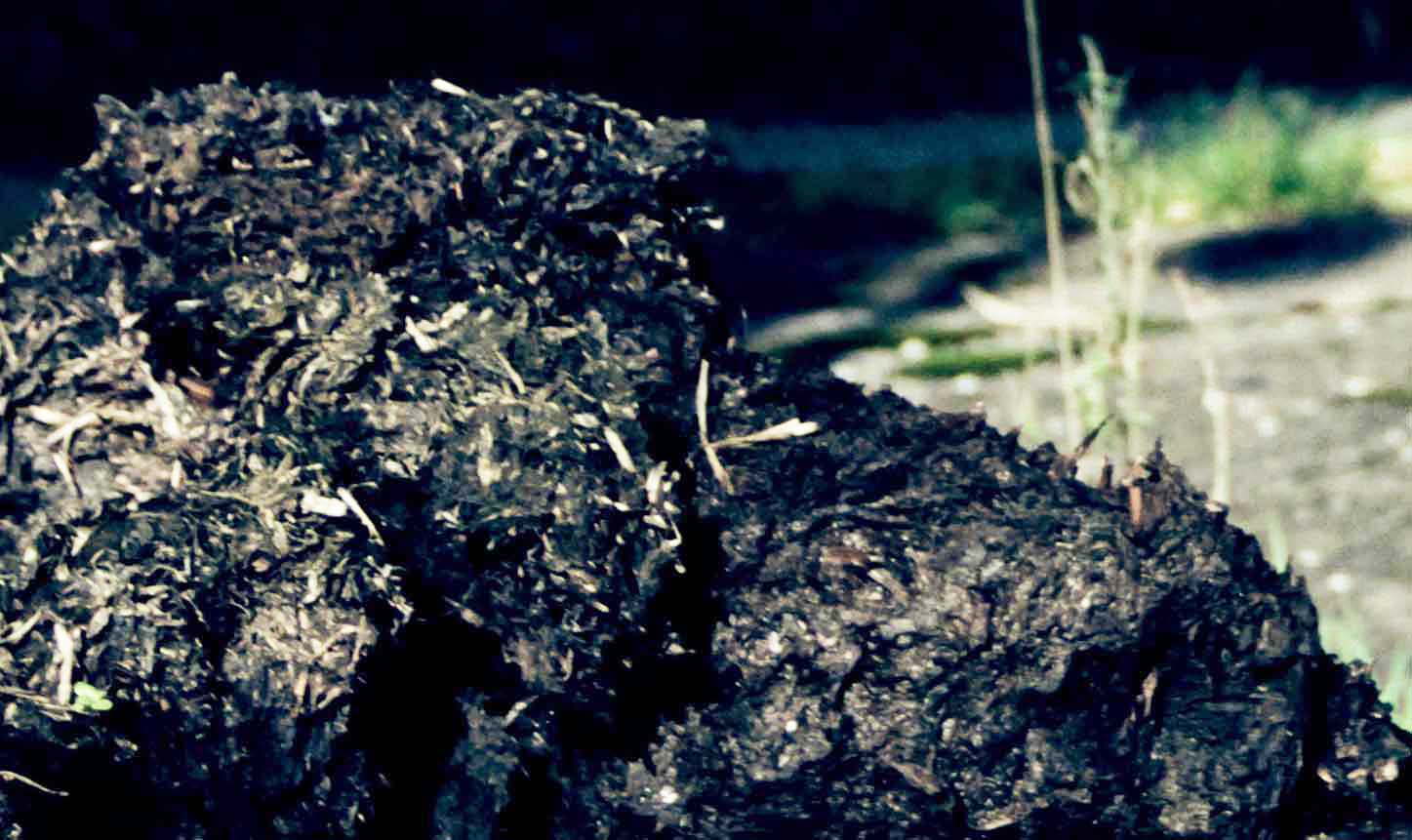Analysis of Peat

Background
Peat is a substance that forms from the incomplete degradation of organic matter. This occurs in waterlogged land where the limited availability of oxygen means that the rate of accumulation of plant debris is greater than the rate of its decomposition. Peats can be classified based on the degree of humification, i.e. the degree of decomposition, or transformation, of the original lignocellulosic plant materials. A Von Post Decomposition Scale of Peats rates the degree of humification from H1 (undecomposed) to H10 (where no plant traces remain).Peat is often used for heat/power generation in rural communities.
Analysis of Peat at Celignis
Celignis Analytical can determine the following properties of Peat samples:
Sugars (Monosaccharides)
Sugar Alcohols and Uronic Acids
Lignin and Extractives
- Lignin (Klason)
- Lignin (Klason - Protein Corrected)
- Lignin (Acid Soluble)
- Acid Insoluble Residue
- Extractives (Ethanol-Soluble)
- Extractives (Water-Soluble)
- Extractives (Exhaustive - Water then Ethanol)
- Lignin S/G Ratio
- Extractives (Water-Insoluble, Ethanol Soluble)
- Protein Content of Acid Insoluble Residue
- Carbon Content of Acid Insoluble Residue
- Hydrogen Content of Acid Insoluble Residue
- Nitrogen Content of Acid Insoluble Residue
- Sulphur Content of Acid Insoluble Residue
Amino
Acids
Thermal Properties
- Moisture
- Ash
- Ash (Acid Insoluble)
- Carbon
- Hydrogen
- Nitrogen
- Sulphur
- Oxygen
- Volatile Matter
- Fixed Carbon
- Gross Calorific Value
- Net Calorific Value
- Chlorine
- Ash Shrinkage Starting Temperature (Oxidising)
- Ash Deformation Temperature (Oxidising)
- Ash Hemisphere Temperature (Oxidising)
- Ash Flow Temperature (Oxidising)
- Ash Shrinkage Starting Temperature (Reducing)
- Ash Deformation Temperature (Reducing)
- Ash Hemisphere Temperature (Reducing)
- Ash Flow Temperature (Reducing)
- Thernogram - Under Nitrogen
- Thermogram - Under Air
Major and Minor Elements
Cellulose Content of Peat
Celignis founder Daniel Hayes has extensive experience in the collection, preparation, and chemical/infrared analysis of peat samples. He previously carried out a research project, funded by Bord na Mona, that involved the analysis of a number of peat samples.The composition of peat will vary according to: the type of vegetative matter from which it was formed; the relationship between the water of the peat bog and the ground water system; and the relative degradation of the different chemical groups of the vegetative species. For instance, plant waxes are relatively resistant to degradation while water soluble sugars and starches are highly susceptive.
Hemicellulose, cellulose, and lignin can be resistant to degradation and are found in peats, but to varying degrees. The proportion of cellulose present in peat will typically decrease with increased levels of humification (i.e. increased depth in a peat bog).
Click here to see the Celignis Analysis Packages that determine cellulose content.
Hemicellulose Content of Peat
As with cellulose, the proportion of hemicellulose present in the peat will decrease with depth. However hemicellulose typically decreases more slowly than cellulose with depth, with this trend being more marked in low-moor than high-moor peats.As well as plant-derived carbohydrates, peats can also contain carbohydrates that are released upon the death of microbes. This can result in the presence of deoxy-sugars such as rhamnose and fucose in the peat samples, sugars that are typically absent (or only present in minute quantities) in the vegetative matter.
Click here to see the Celignis Analysis Packages that determine hemicellulose content.
Lignin Content of Peat
While lignin is readily degraded by microbes in aerobic conditions to provide major inputs to the humic layers of soil, it is much more resistant to such degradation in the anaerobic conditions of peat bogs. Hence, while the proportions of hemicellulose and cellulose will decrease with plant depth, the relative amount of lignin will increase, due to a lower rate of degradation.Click here to see the Celignis Analysis Packages that determine lignin content.
Uronic Acid Content of Peat
Uronic acids have been detected in peats with their abundance and relative contribution to total carbohydrate content varying according to the level of humification.Click here to read more about uronic acids and to see the Celignis Analysis Packages that determine uronic acid content.
Enzymatic Hydrolysis of Peat
We can undertake tests involving the enzymatic hydrolysis of Peat. In these experiments we can either use a commercial enzyme mix or you can supply your own enzymes.We also offer analysis packages that compare the enzymatic hydrolysis of a pre-treated sample with that of the native original material.
Click here to read more about enzymatic hydrolysis and to see the various analysis packages that we offer.
Ash Content of Peat
The ash content of peat can be highly variable and can constitute a significant proportion of total mass in some samples.Click here to see the Celignis Analysis Packages that determine ash content.
Heating (Calorific) Value of Peat
The heating value of peat is of particular importance when this feedstock is to be used for heat/power generation. It will vary according to the contents of carbon, moisture, and ash in the sample. Each of these properties can vary significantly between peat samples. In order to improve the energy output in the combustion of peat the resource is land spread and air-dried after harvest and prior to its utilisation in boilers. Peat that has been treated in this way is known as Milled Peat.Click here to see the Celignis Analysis Packages that determine heating value.
Biomethane Potential (BMP) of Peat
As peat contains significant amounts of lignin (coupled with elevated ash contents in many samples) it is not a suitable feedstock for anaerobic digestion.Click here to see the Celignis Analysis Packages that determine the biomethane potential (BMP) and here to read more about anaerobic digestion and the most important analytes for this process.
Bulk Density of Peat
At Celignis we can determine the bulk density of biomass samples, including Peat, according to ISO standard 17828 (2015). This method requires the biomass to be in an appropriate form (chips or powder) for density determination.Click here to see the Celignis Analysis Packages that determine bulk density.
Basic Density of Peat
At Celignis we can determine the basic density of some suitable biomass samples. The method requires the biomass to be in an appropriate form (chips) for density determination.Click here to see the Celignis Analysis Packages that determine basic density.
| Previous Feedstock | Next Feedstock |
Go Back to List of Feedstocks.
Energy
Crops
Agricultural Residues and Wastes
Industrial Residues and Wastes
Municipal
Wastes
Biorefinery
Products






